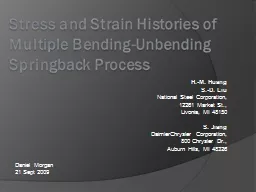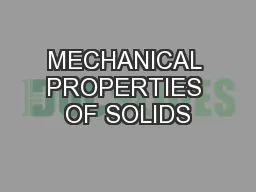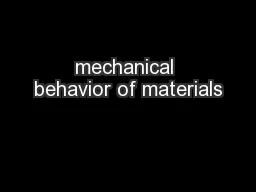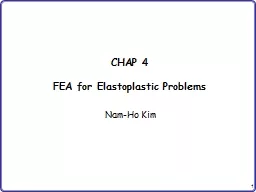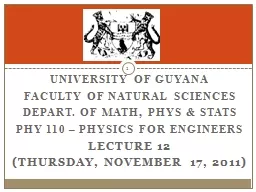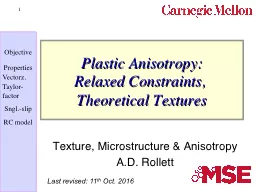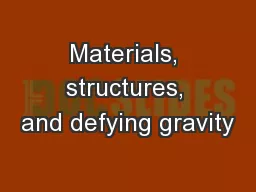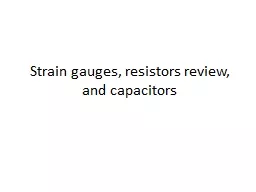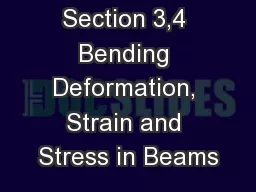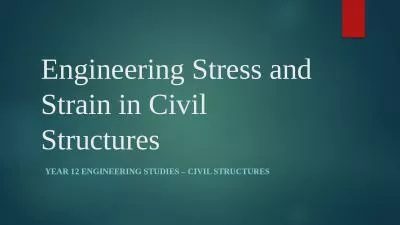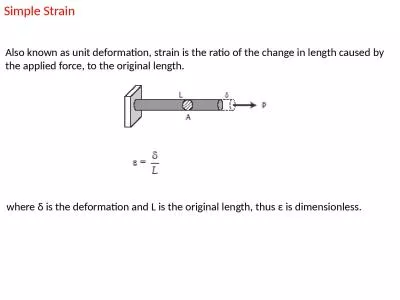PPT-Stress and Strain Histories of
Author : mitsue-stanley | Published Date : 2016-08-02
Multiple BendingUnbending Springback Process HM Huang SD Liu National Steel Corporation 12261 Market St Livonia MI 48150 S Jiang DaimlerChrysler Corporation 800
Presentation Embed Code
Download Presentation
Download Presentation The PPT/PDF document "Stress and Strain Histories of" is the property of its rightful owner. Permission is granted to download and print the materials on this website for personal, non-commercial use only, and to display it on your personal computer provided you do not modify the materials and that you retain all copyright notices contained in the materials. By downloading content from our website, you accept the terms of this agreement.
Stress and Strain Histories of: Transcript
Download Rules Of Document
"Stress and Strain Histories of"The content belongs to its owner. You may download and print it for personal use, without modification, and keep all copyright notices. By downloading, you agree to these terms.
Related Documents

